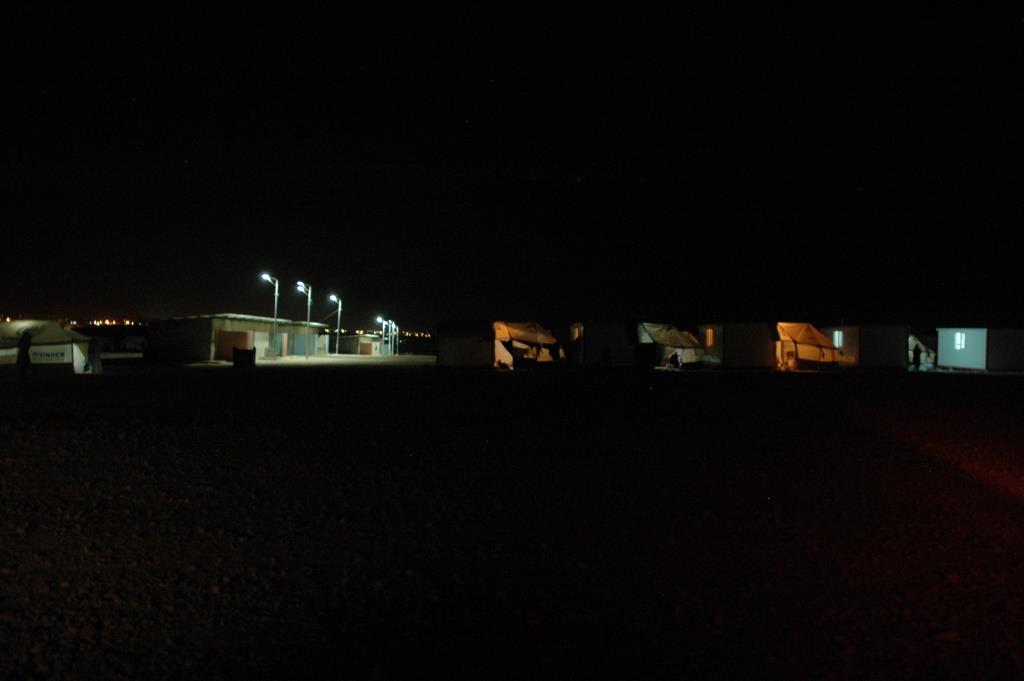Life in a camp for displaced people can be risky for women and girls. But a simple piece of technology provides a measure of protection after dark.
Imagine walking through a field in darkness. You’re surrounded by tents that house thousands of strangers. As you pick your way down a muddy, unlit path, it’s hard to tell who is nearby. All you can hear are voices—not all of them friendly.
For families living in camps for displaced people in South Sudan, risky journeys like this are a part of daily life. More than 1.7 million South Sudanese have fled their homes in search of safety following the violence that erupted in December 2013. But in the crowded settlements that have sprung up around the country, safety is by no means guaranteed.
“It is too much. [Men] attack us at the place of the toilets or at night where we collect water,” said Julie Francis, a widowed mother of four who described incidents of harassment, and worse, in a camp in Malakal, South Sudan. According to UNICEF, “refugee and internally displaced women are particularly at risk of gender-based violence, abduction, [and] exploitation … Women are also vulnerable to violence from outside the family when traditional community protection is disrupted.”
Though there are no simple solutions to this problem, Oxfam sought to make a difference for some women in Malakal through the distribution of solar-powered lanterns. With support from the UN’s Common Humanitarian Fund, Oxfam distributed 6,400 of these lanterns, providing a source of light for 20,230 people. Charged during the day via small solar panels, at night the hand-held lamps provide illumination, visibility, and a measure of protection.
Mary* lives in a camp in Malakal. She told Oxfam in August that she uses the lantern every night, and that the other two women in her household of eight people also use it frequently. The women take the lantern with them when they walk to the shower or latrines after dark, she explained, because it makes them feel safer.
“The lamp is helping us. We are very happy to use it at night,” she said.
Why solar power?
Like the fuel-efficient stoves distributed by Oxfam and other aid groups, the lanterns are designed to be useful and functional in places where people have few resources at hand. Temporary settlements are rarely connected to a national power grid, so solar energy is a cheaper, safer, and environmentally friendly alternative to generators or kerosene lamps.

For example, in Zaatari camp in Jordan—home to about 80,000 refugees from the conflict in Syria— Oxfam engineers installed solar-powered streetlights outside of toilets, showers, and laundry facilities, making it safer for families and kids to use these essential facilities at night.
In the future, Oxfam also plans to install solar streetlights in camps in South Sudan, especially in areas where people gather to collect water.
And solar energy is just one component of Oxfam’s larger emergency response in South Sudan, which includes providing clean water, improving sanitation, and distributing food and other urgent relief items to families in need.
Your support can make an immediate impact; for example, each solar lantern costs about $40. Donate now to help support families in South Sudan.
*Name has been changed.
